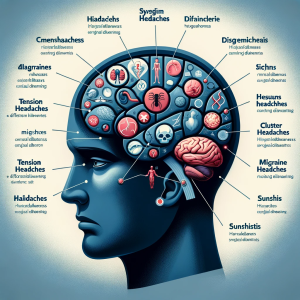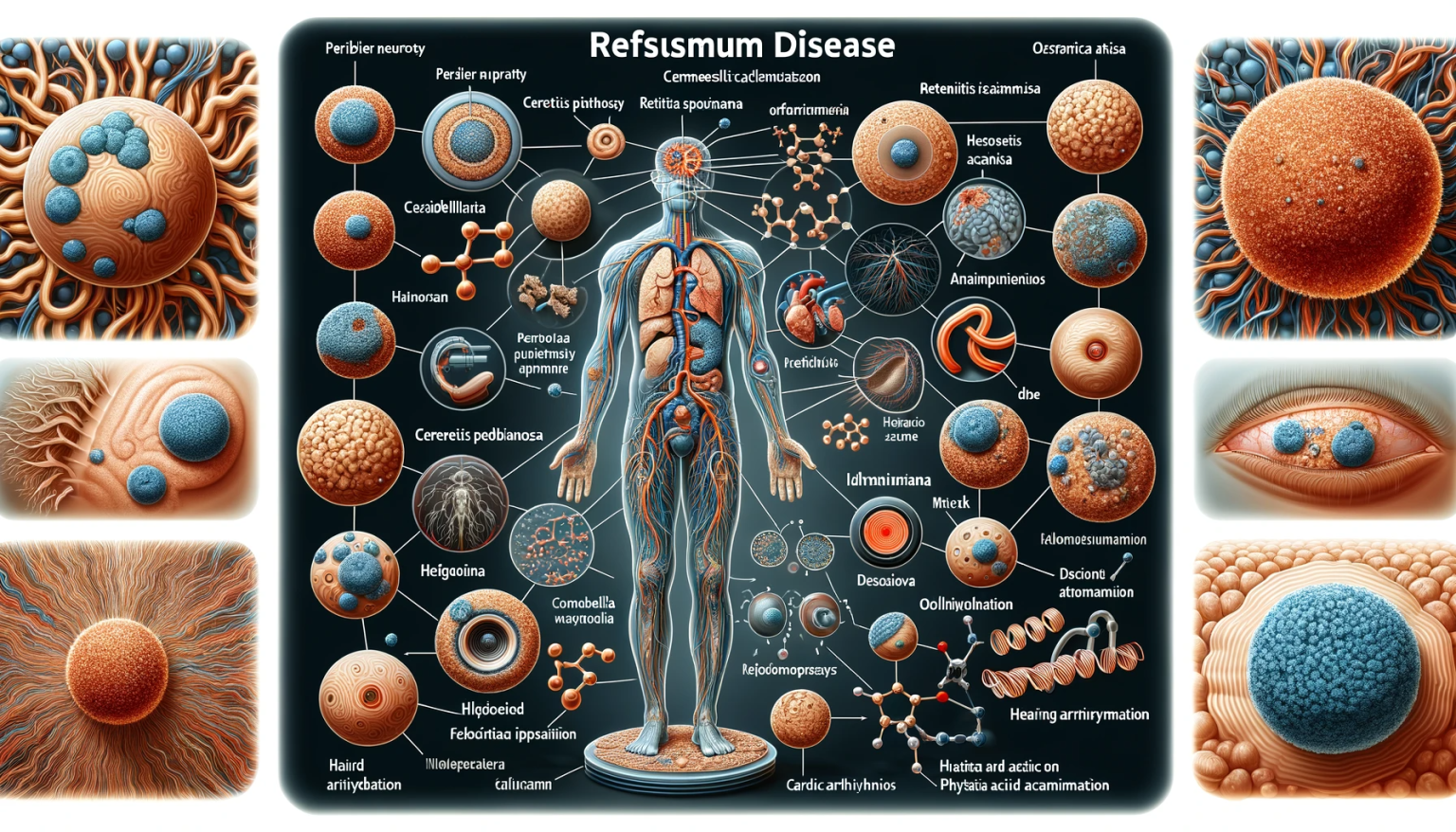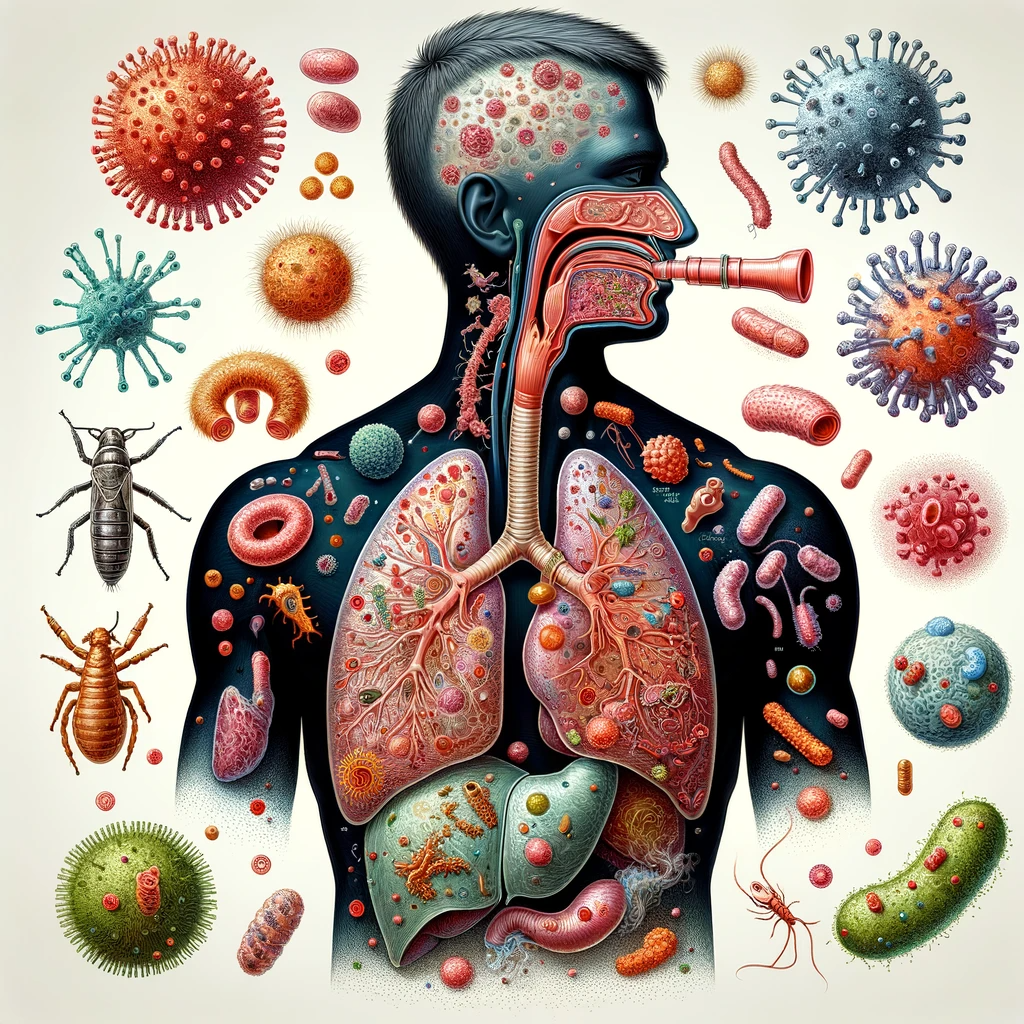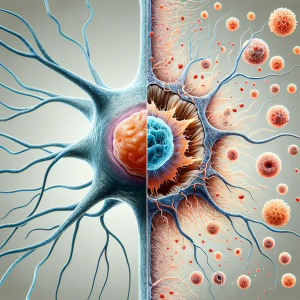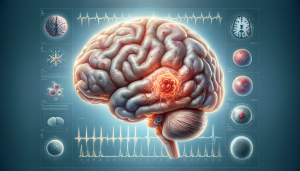Introduction: The Complexity of Cephalalgia
The Migraine Mimicry: Diagnostic Dilemmas Migraines present a diagnostic challenge due to their symptom overlap with a myriad of other headache disorders, necessitating a meticulous approach to differential diagnosis.
The Migraine Phenotype: Symptomatic Spectrum
Hallmarks of Migraine: Beyond Head Pain Characterized by unilateral throbbing pain, migraines often accompany photophobia, phonophobia, and nausea. Aura symptoms, primarily visual disturbances, precede the headache in a subset of cases.
Differential Diagnosis: The Clinical Conundrums
Tension-Type Headaches: The Pressure Counterpart These headaches manifest as bilateral, band-like pain, lacking the pulsatile quality of migraines. They are typically devoid of associated symptoms like nausea or photophobia.
Cluster Headaches: The Autonomic Agony Marked by excruciating, unilateral orbital pain, cluster headaches occur in cyclical patterns and are accompanied by autonomic symptoms such as lacrimation and ptosis.
Secondary Headache Syndromes: The Underlying Pathologies Secondary headaches, resulting from underlying pathologies like brain tumors or vascular abnormalities, must be considered, especially when headache patterns change or are atypical.
Diagnostic Modalities: Tools of the Trade
Neuroimaging: Peering into the Pain MRI and CT scans are essential for excluding secondary causes, particularly when red flags like sudden headache onset or neurological deficits are present.
Laboratory Investigations: The Biochemical Insights Blood tests, including erythrocyte sedimentation rate (ESR) and C-reactive protein (CRP), are crucial when conditions like temporal arteritis are suspected.
Treatment Paradigms: Tailored Therapeutics
Migraine Management: A Multifaceted Approach Acute migraine treatment involves NSAIDs or triptans, while prophylactic treatment includes beta-blockers or antiepileptics.
Addressing Comorbidities: The Holistic Horizon Considering and treating comorbidities like anxiety and depression, often prevalent in migraine patients, are imperative for comprehensive care.
Conclusion: The Art of Differentiation
Beyond the Headache: A Comprehensive Assessment Accurate diagnosis of migraine involves not just identifying headache characteristics but also considering the entire clinical picture, including history, examination, and investigative findings.
This exploration of migraine differential diagnosis underscores the importance of a thorough and methodical approach to accurately identify and effectively treat this complex neurological disorder.

